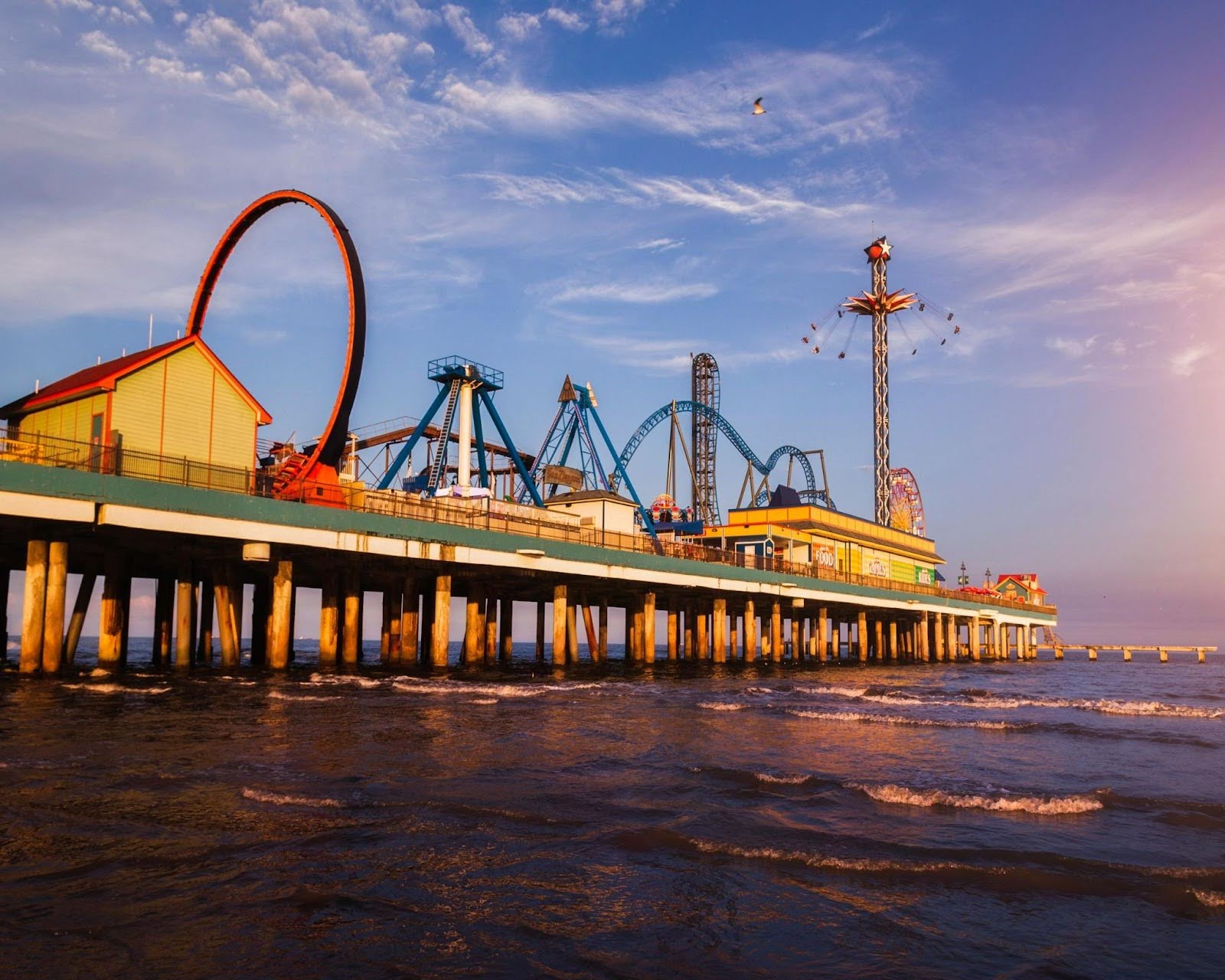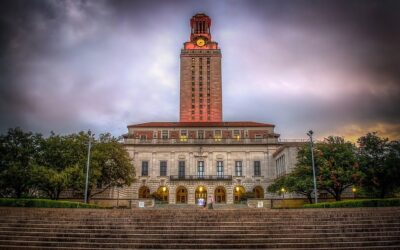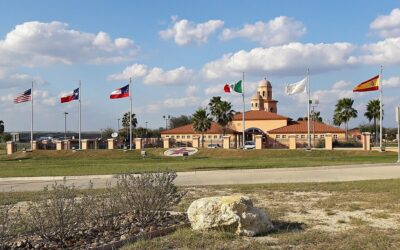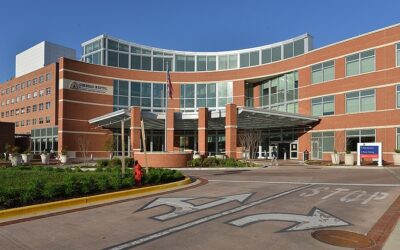The port of Galveston has updated its Strategic Master Plan, outlining new measures and projects vital to accommodating the port’s rapid growth and ongoing demand. The updated plan includes planned investments and projects over the next two decades.
The port forecasts significant increases in the cargo market, compounding on current tonnage capacity to ensure Galveston will be able to handle and process larger amounts of goods and material. To prepare for growth, the port will execute a series of projects designed to optimize port operations and maintenance by expanding available cargo space and infrastructure.
Pelican Island has been identified as a major area for future cargo expansion. While the island is currently limited by a lack of rail and limited truck access, the port has proposed to build a bridge with the option for a rail line in the future to appeal to tenants. Development work would include building a more than 100-acre shipyard and fueling facility. Additional projects would include terminal, equipment, berth and channel construction.
The port also plans to increase cargo to six million tons over the next decade by doubling the available acreage in the West Port Cargo Complex. This expansion would prioritize creating a general cargo area of around 150 acres, building an on-dock rail, consolidating existing rail yards, creating new warehousing and deploying flex berths for cargo and cruise operations.
The cruise industry is projected to soar, with the potential for more than 10 million cruise passengers going through the port by 2045. The plan notes that a 5th and 6th terminal would be required to meet demand in the short-term, with additional space allocated for a potential 7th terminal in the long-term. Other supporting infrastructure – including parking garages and internal roadways – will also be needed.
The port has also identified significant commercial opportunities, aligning with anticipated cruise growth alongside growing demand for non-industrial development. Plans include adding 600,000 square feet of retail space, up to three hotels and constructing between 200-300 multifamily units every three to five years.
Photo by Trace Hudson from Pexels







